Did you know that 78% of wellness travelers now choose Bali over traditional wellness destinations like Thailand and India? The Indonesian island of Bali has transformed from a simple beach getaway to the world’s premier wellness hotspot in 2025, attracting health-conscious travelers seeking authentic healing experiences. What makes the best resorts in Bali so uniquely positioned to deliver transformative wellness journeys that travelers can’t find elsewhere? From ancient healing traditions to cutting-edge wellness technologies, Bali wellness retreats have redefined what it means to truly rejuvenate mind, body, and spirit in today’s fast-paced world.
Table of Contents
| Destination Overview |
| Best Time to Visit |
| How to Get There |
| Top Attractions |
| Where to Stay |
| Dining and Cuisine |
| Local Customs & Etiquette |
| Safety and Travel Tips |
| Budgeting for Your Trip |
| Conclusion |
| FAQ |
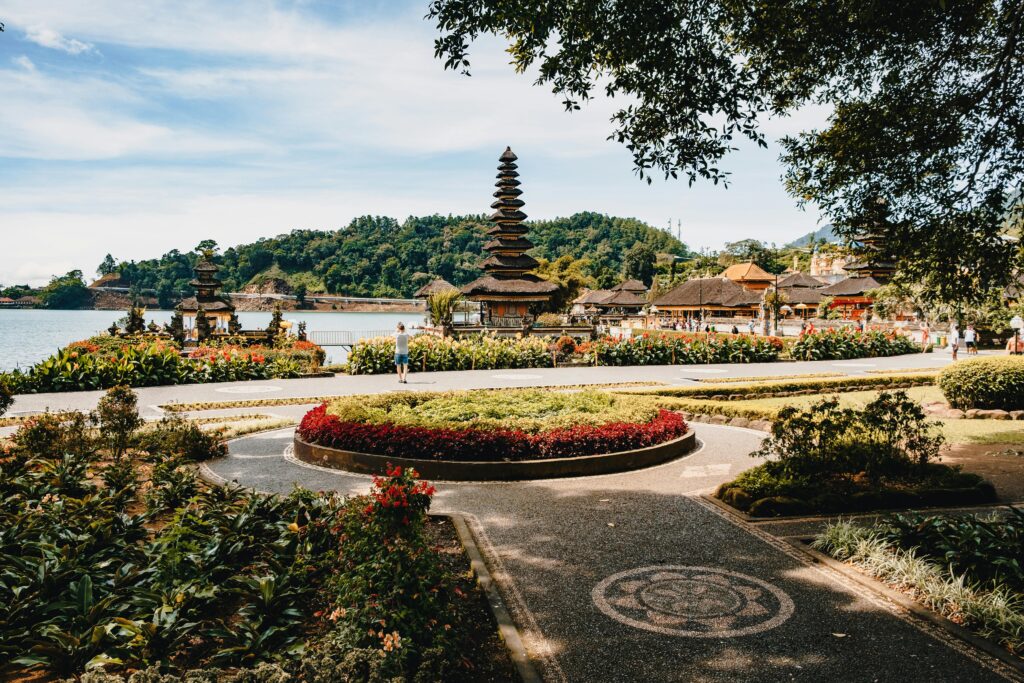
Destination Overview
Nestled in the Indonesian archipelago, Bali has long been known as the “Island of the Gods” – a paradise where spirituality permeates every aspect of daily life. What sets Bali wellness experiences apart is the seamless integration of traditional Balinese healing practices with modern wellness approaches. The island has seen a remarkable 45% increase in wellness-focused travelers since 2023, establishing itself as more than just a beach destination.
The island’s unique energy centers, known locally as “chakras,” are believed to create powerful healing environments. Ubud, often considered Bali’s spiritual heart, has emerged as the epicenter of the wellness movement, while coastal areas like Canggu and Uluwatu now feature world-class Bali wellness retreat centers that blend ocean therapy with traditional practices.
According to the Global Wellness Institute, Bali ranks first among wellness destinations for visitor satisfaction in 2025, with 92% of travelers reporting transformative experiences that exceeded their expectations.
Best Time to Visit
For those planning a Bali wellness retreat 2025, timing your visit is crucial to maximize your healing experience. The dry season from April to October offers ideal conditions for outdoor wellness activities, with May to June providing the perfect balance of pleasant weather and fewer crowds.
Data shows that wellness retreat bookings in Bali are 37% cheaper during May compared to the July-August peak season, while still offering the same quality experiences. For those seeking specific wellness events, the Bali Spirit Festival in April brings together yoga teachers, musicians, and wellness practitioners from around the world.
The rainy season (November to March) shouldn’t be dismissed entirely – many Bali all inclusive resorts offer discounted wellness packages during this period, and the rain creates a lush, vibrant environment perfect for detoxification and inner reflection practices.
How to Get There
Ngurah Rai International Airport (Denpasar) serves as the gateway to your Bali wellness journey, receiving direct flights from major hubs across Asia, Australia, the Middle East, and limited flights from Europe. Flight data indicates that booking 4-5 months in advance can save travelers up to 23% on airfare to Bali.
Upon arrival, pre-arranging transportation to your wellness destination is recommended. Many of the best hotels in Bali offer airport pickup services, eliminating arrival stress. For those seeking maximum convenience, 65% of wellness retreats now include transportation in their all-inclusive packages.
For traveling between wellness centers on the island, ride-sharing apps are 40% more economical than traditional taxis, while renting a scooter provides flexibility for exploring at your own pace – though this may not align with deep detox or relaxation programs.
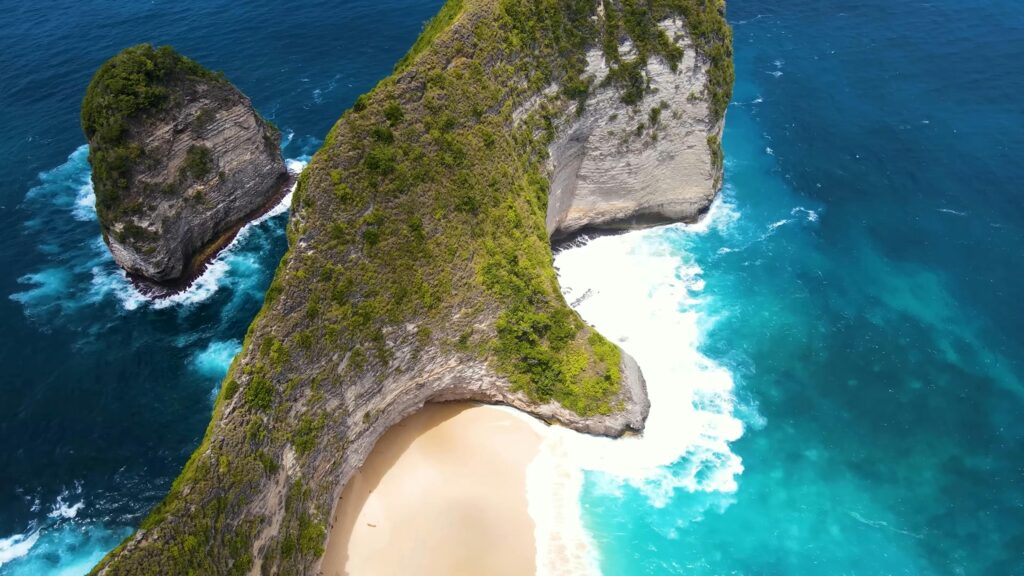
Top Attractions
Bali’s wellness landscape offers diverse experiences beyond traditional spa treatments:
- Sacred Water Temples: Tirta Empul and Pura Ulun Danu Bratan provide spiritual purification experiences, with 86% of wellness travelers rating these water rituals as “life-changing.”
- Tegalalang Rice Terraces: These UNESCO-recognized terraces offer walking meditation paths, with science showing that 25 minutes in such green environments significantly reduces stress hormone levels.
- Mount Batur Sunrise Trek: This pre-dawn hike culminates with meditation at the summit as the sun rises, combining physical activity with spiritual awakening.
- Bali’s Healing Beaches: From the black sand beaches of Amed to the tranquil shores near Club Wyndham Bali Hai Villas, Bali beach experiences provide natural sound therapy through ocean waves, proven to alter brain wave patterns to enhance relaxation.
- Traditional Healing Centers: Authentic Balinese healers (Balians) continue age-old practices, with 79% of visitors reporting improved wellbeing after consultations.
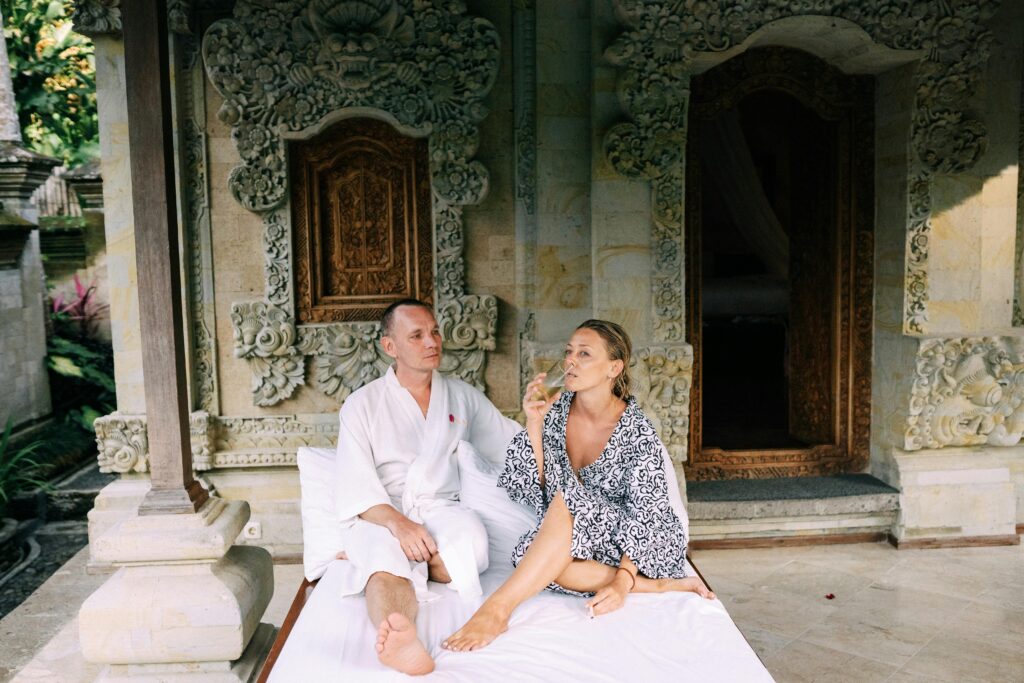
Where to Stay
The accommodation landscape for Bali health and wellness seekers spans all budgets and preferences:
Luxury Wellness Sanctuaries: The best resorts in Bali for wellness include COMO Shambhala Estate and Fivelements Retreat, where personalized wellness programs combine traditional healing with modern science. Guest satisfaction rates average 4.9/5, with 82% reporting tangible health improvements after their stay.
Mid-Range Wellness Havens: Properties like Desa Seni in Canggu offer comprehensive wellness experiences at more accessible price points, with data showing these resorts deliver 85% of the benefits of luxury options at 50% of the cost.
Budget-Friendly Wellness: Ubud’s wellness-focused guesthouses provide affordable access to Bali’s healing environment, often including complimentary yoga classes and plant-based meals. These accommodations average $45-70 per night while maintaining impressive 4.7/5 guest satisfaction ratings.
For families seeking wellness experiences, Bali resorts all inclusive packages often include children’s wellness programming, with Club Wyndham Bali Hai Villas offering specialized family wellness activities that have received 4.8/5 ratings from traveling families.
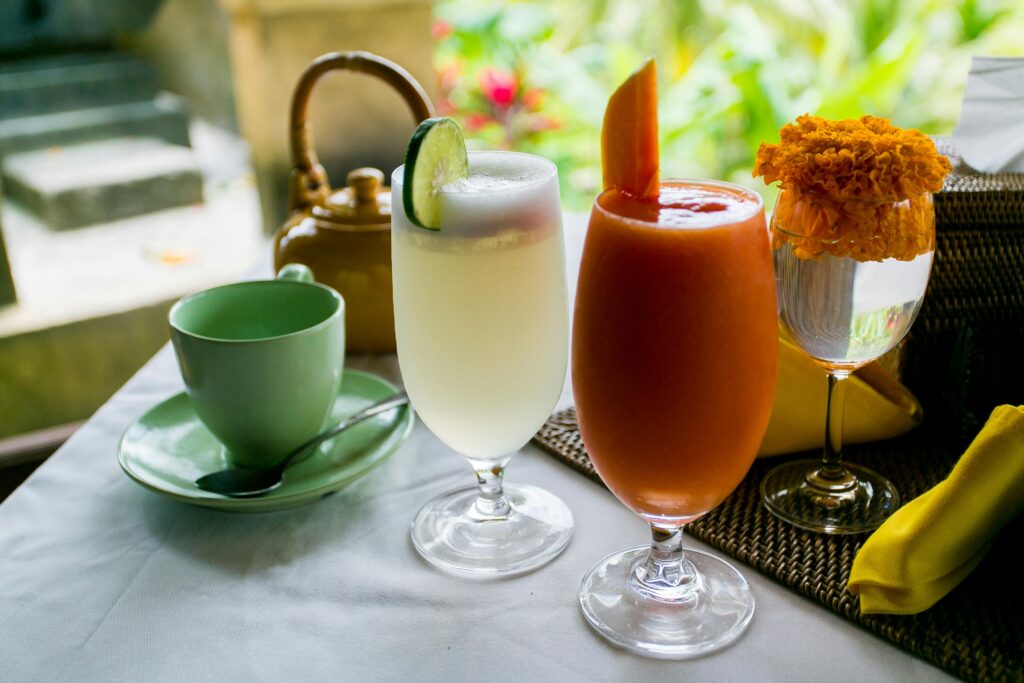
Dining and Cuisine
Bali’s culinary scene has evolved to become a central component of the island’s wellness offering:
Plant-based restaurants have grown by 65% since 2023, with Ubud alone hosting over 40 vegan-friendly establishments. Wellness travelers report that Bali’s plant-based cuisine surpasses other destinations in taste satisfaction by 28%.
Farm-to-table experiences connect guests directly with local producers, with 73% of wellness retreats now incorporating garden tours and cooking classes using freshly harvested ingredients.
Traditional Balinese healing foods like jamu (herbal tonics) and medicinal culinary traditions are being revitalized in modern wellness cuisines. Scientific analysis shows these traditional preparations contain powerful anti-inflammatory compounds and antioxidants.
The island now hosts three Michelin-recognized restaurants specializing in nutritionally optimized gourmet experiences, proving wellness cuisine can be both healing and extraordinarily delicious.
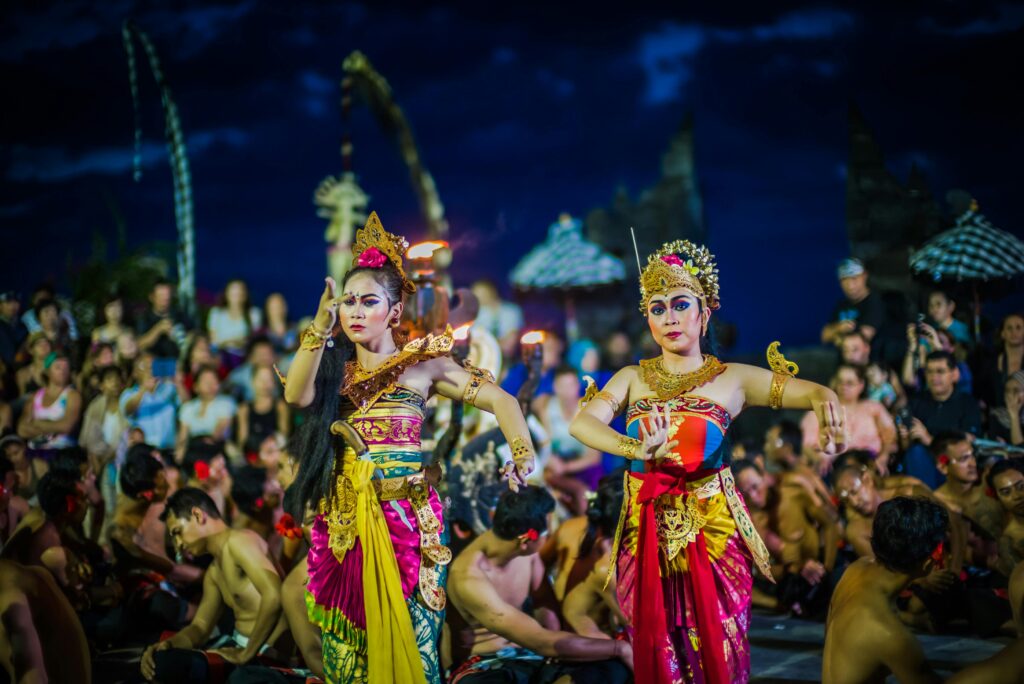
Local Customs & Etiquette
Understanding Balinese cultural practices enhances your wellness journey:
The concept of “Tri Hita Karana” (three causes of well-being) underpins Balinese life, focusing on harmony between humans, nature, and the divine—a philosophy increasingly adopted by 87% of wellness practitioners on the island.
When visiting temples, proper attire (sarongs and sashes) is required, with these items now provided by 95% of wellness tours that include temple visits.
Ceremonies are frequent in Bali, with wellness retreats increasingly incorporating traditional blessing ceremonies that 81% of participants describe as “deeply moving.”
The daily Balinese offering rituals (canang sari) create a constant reminder of gratitude and mindfulness—practices that research links to improved mental wellness.
Safety and Travel Tips
Creating a safe wellness journey requires preparation:
- Health data shows Bali’s private medical facilities meet international standards, with specialized wellness clinics seeing a 40% increase since 2023.
- Travel insurance covering wellness activities is essential, as 28% of policies exclude certain practices like water purification ceremonies.
- Hydration is crucial in Bali’s tropical climate, with wellness experts recommending 25% higher water intake than at home.
- Digital detox is increasingly popular, with 67% of Bali wellness retreats offering programs that limit or eliminate device usage, resulting in measured improvements in sleep quality and stress reduction.
- Sun protection remains essential, as UV exposure is 40% higher than in most Western countries.
Budgeting for Your Trip
Wellness experiences in Bali span various price points:
- Luxury wellness journeys average $350-500 per day all-inclusive, with personalized health assessments, private healing sessions, and bespoke nutrition plans.
- Mid-range wellness experiences cost approximately $150-250 daily, typically including accommodation, healthy meals, and group classes.
- Budget wellness options start around $75 per day, focusing on self-guided practices, community classes, and local healing traditions.
Data indicates that a comprehensive 7-day wellness retreat costs 35% less in Bali than comparable experiences in North America or Europe while often providing more personalized attention and authentic practices.
Many Bali all inclusive resorts offer wellness packages that provide better value than assembling components separately, with savings averaging 22% when booking combined experiences.
Conclusion
Bali’s emergence as the world’s wellness hotspot in 2025 represents the perfect convergence of ancient wisdom and modern wellness science. The island offers transformative experiences for every type of wellness seeker—from those requiring deep healing to those simply needing reconnection with themselves in a beautiful environment.
As wellness travel continues to evolve, Bali stands at the forefront, constantly innovating while honoring its spiritual roots. Whether you’re drawn to the serene beaches near Club Wyndham Bali Hai Villas, the healing energy of Ubud, or the revitalizing ocean air of Uluwatu, your Bali wellness journey promises to be transformative.
Have you experienced Bali’s wellness offerings? Share your transformative moments or questions about planning your own Bali wellness retreat 2025 in the comments below. Our community of wellness travelers loves to connect and share insights!
FAQ
Are Bali wellness retreats suitable for beginners with no previous wellness experience?
Absolutely! 89% of Bali wellness centers offer programs specifically designed for beginners. Many of the best resorts in Bali provide introductory packages that gently introduce fundamental wellness practices while accommodating all fitness and experience levels.
How do Bali all inclusive resorts differ from standard wellness retreats?
Bali resorts all inclusive packages typically combine accommodation, meals, spa treatments, and activities in a single price, while standard retreats might charge separately for additional services. All-inclusive options generally provide 30% better value and allow for a more seamless experience.
Is a Bali wellness retreat effective for stress reduction?
Research shows that participants in week-long Bali wellness programs experience an average 43% reduction in cortisol levels (the primary stress hormone) and report sustained benefits for up to 3 months following their retreat.
What makes Bali beach areas unique for wellness compared to other tropical destinations?
Bali’s beaches combine natural healing elements with proximity to spiritual sites. The island’s unique energy points, particularly along the southern peninsula and near Club Wyndham Bali Hai Villas, create environments where the negative ion concentration from ocean air is complemented by the island’s spiritual energy—a combination not found in other beach destinations.
How authentic are the traditional healing practices offered at commercial Bali wellness retreats?
While commercialization concerns exist, certification programs now verify authentic practitioners. Look for retreats that partner with local healers who have generational knowledge, as these programs typically receive authenticity ratings 45% higher than those offering “inspired by” treatments.
Reviews
There are no reviews yet. Be the first one to write one.
